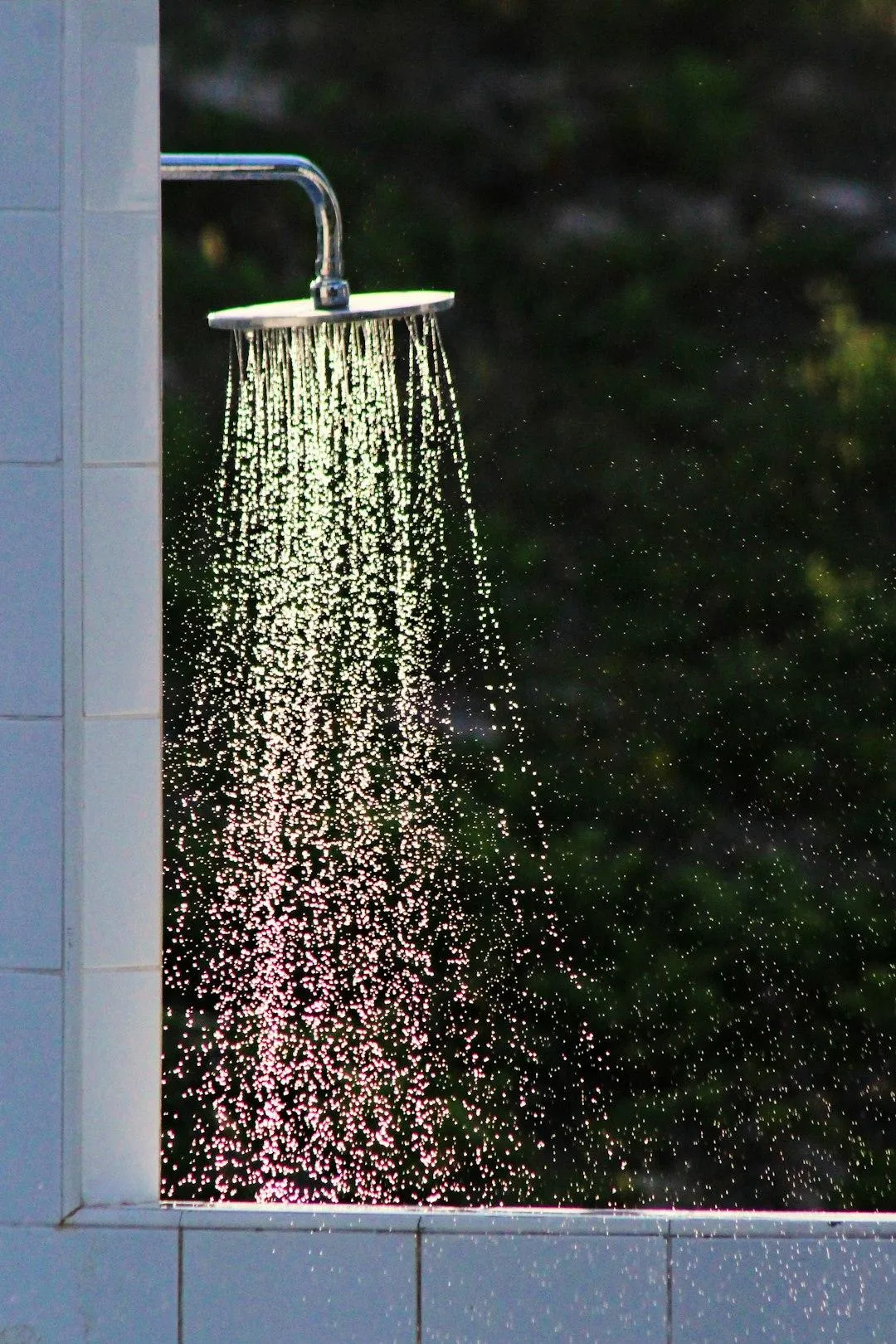Can I Shower If My Septic Tank Is Full? A Homeowner's Guide

Hey friend, let's talk about something that might be causing you stress right now - a full septic tank and the burning question: can you still take that much-needed shower? I understand how frustrating it can be when basic daily activities are disrupted by septic system problems. Just like you, many homeowners face this challenge and need quick, reliable answers.
The short answer is yes, but with important cautions. You can technically shower with a full septic tank, but it's not recommended for more than a day or two. Let me explain why, and what you should do about it.
Where Does Shower Water Go When You Have a Septic Tank?
Before we dive deeper, it's helpful to understand how your shower water travels. When you shower, the water flows through your plumbing into your septic tank, where it joins all the other wastewater from your home. According to the Environmental Protection Agency, the average American family uses about 70 gallons of water per person each day!
Think of your septic system like a busy restaurant kitchen. Just as a kitchen needs to properly handle the constant flow of dishes and food waste, your septic tank needs to effectively manage all the water from your showers, sinks, and appliances. When one part of this system gets backed up, everything else starts to slow down too.
The Risks of Showering with a Full Septic Tank
Here's what you need to know about continuing to shower when your septic tank is full:
Your shower water has nowhere to go when the tank is full
This can cause sewage backup into your home
You risk damaging your septic system
The excess water might flood your drain field
Potential health hazards from contaminated water
Costly repairs if the system becomes damaged
Risk of environmental contamination in your yard
Possible violations of local health codes
Warning Signs Your Septic Tank is Full
Watch out for these red flags that indicate you should ask yourself "can I shower if my septic tank is full?":
Slow-draining showers and sinks
Gurgling sounds in pipes
Bad odors around your yard
Wet spots in your lawn
Sewage backup in toilets
Bright green grass over the septic system
Standing water near the drain field
Unusual sounds when flushing or running water
0Multiple drains backing up simultaneously
Understanding Your Septic System
According to Penn State Extension, a typical septic system has several key components:
A main pipe from your home
The septic tank itself
A drain field
Soil beneath the drain field
Distribution box
Inspection ports
Tank baffles
Vent system
When you shower, the water travels through this entire system. A full tank disrupts this natural flow, which is why you need to be cautious about water usage.
The Science Behind Septic Systems
Understanding how your septic system works can help you make better decisions about shower usage. Here's what happens in your tank:
Wastewater enters the tank
Solids settle to the bottom (forming sludge)
Oils and lighter materials float to the top (forming scum)
Clear water stays in the middle
This clear water flows out to the drain field
Safe Showering Tips While Waiting for Pump-Out
If you absolutely must shower before the septic company arrives, follow these guidelines:
Take very short showers (5 minutes maximum)
Avoid running other water-using appliances
Space out showers among family members
Use minimal water pressure
Don't drain a full bathtub
Consider showering at a friend's house or gym if possible
Use biodegradable shower products
Avoid using multiple bathrooms simultaneously
Time showers during off-peak water usage hours
The Right Solution
While you can technically shower with a full septic tank, the real solution is to:
Call a licensed septic professional immediately
Schedule regular maintenance (every 3-5 years according to the CDC)
Reduce water usage until the tank is pumped
Keep detailed records of pumping and maintenance
Consider installing water monitoring systems
Long-term Prevention Tips
To avoid future septic emergencies:
Install water-efficient fixtures
Fix leaky faucets promptly
Space out water usage throughout the day
Know your tank's location and capacity
Keep detailed maintenance records
Use septic-safe cleaning products
Avoid disposing of harmful chemicals
Direct roof drainage away from the drain field
Install low-flow showerheads
Consider a water softener alternative
Plant grass over the drain field to prevent erosion
Cost Considerations
Being proactive about septic maintenance is much more cost-effective than dealing with emergencies. The National Environmental Services Center reports:
Regular pumping costs: $250-500
Emergency pumping: $500-1000
System repairs: $2000-10000
Complete replacement: $20000-30000
Annual maintenance costs: $100-200
Inspection fees: $100-250
When to Call a Professional
Don't wait to call a professional if you notice:
Multiple slow drains
Sewage odors
Water backing up
Gurgling pipes
Lawn flooding
Unusual septic system sounds
Changes in lawn vegetation
Visible sewage
Emergency Preparation Tips
It's wise to have a plan in place for septic emergencies:
Keep contact information for reliable septic professionals
Know your system's location and access points
Have a backup plan for showering and toilet use
Maintain an emergency fund for repairs
Know your insurance coverage for septic issues
Conclusion
Remember, friend, while you can shower if your septic tank is full, it's like putting a band-aid on a broken arm - it might work temporarily, but you need to address the real problem quickly. Your home's septic system is too important to ignore when it's showing signs of being full.
Stay proactive about your septic maintenance, and you'll rarely have to wonder "can I shower if my septic tank is full?" again! Your family's comfort and your home's value depend on a properly functioning septic system. By following these guidelines and maintaining regular care, you can ensure your septic system serves you well for many years to come.

© 2025 | All Rights Reserved | Privacy Policy
